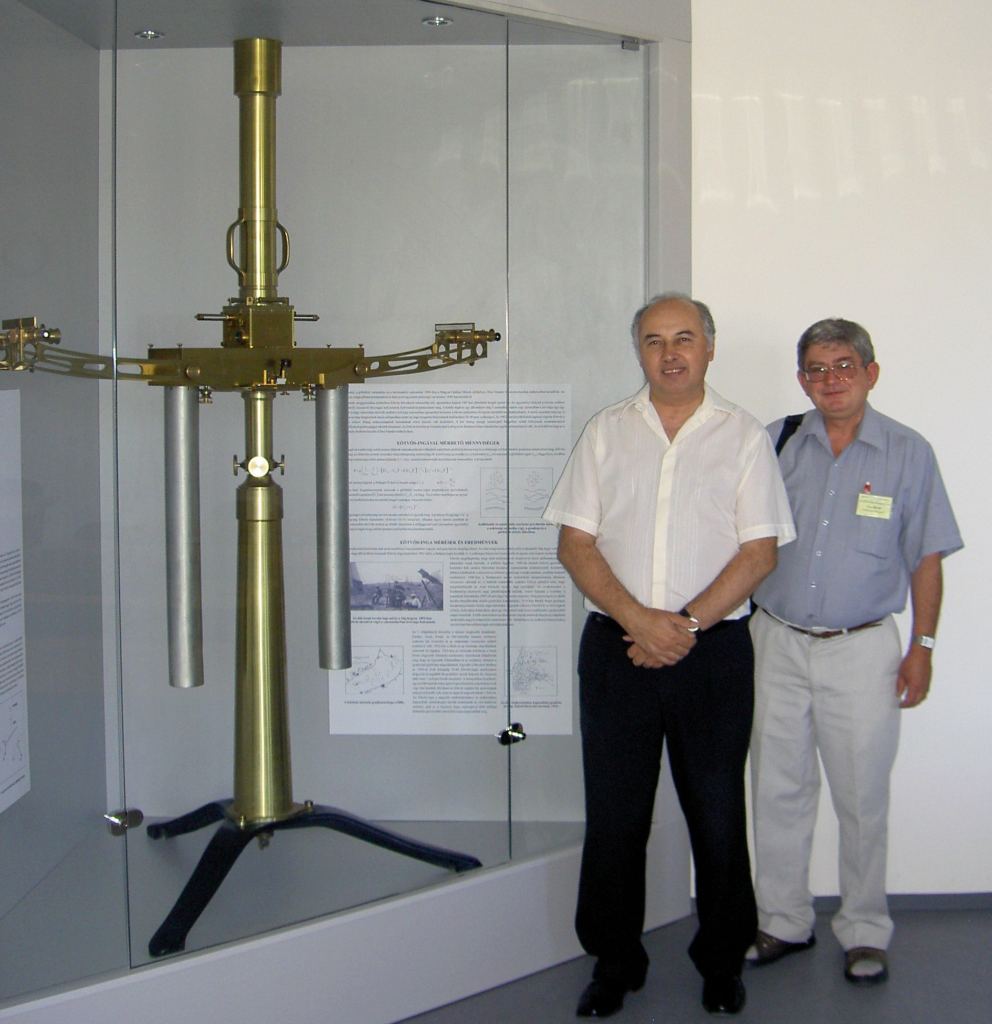Dark matter is an extremely good theory. It’s supported by a wealth of observational and computational data, which is why it’s part of the standard model of cosmology. But dark matter hasn’t been directly observed, so sometimes even strong supporters of dark matter are motivated to look at the alternatives.
The most popular alternative is known as Modified Newtonian Dynamics (MoND), also known as modified gravity. The evidence we have for dark matter assumes that our understanding of gravity is correct. Both Newtonian gravity and general relativity have been strongly confirmed by observations, so the dark matter assumption is perfectly reasonable. But MoND assumes that on a fundamental level our understanding of gravity is slightly wrong.

The gravitational theories of both Newton and Einstein depend upon a basic phenomenon known as the strong equivalence principle. That is, the inertial mass of an object (how it resists a change in motion) and its gravitational mass (how it pulls on other masses) are proportional. The upshot of this principle is that all matter falls at the same rate in a gravitational field. This effect has been confirmed by so-called Eötvös experiments. The strong equivalence principle is true to within one part in 1014, which is the current observational limit.
In the most common versions of MoND, the inertial mass of an object isn’t proportional to gravitational mass because of “the external field effect.” In Newtonian physics, the inertial mass of an object is an inherent property that exists independent of anything around it. In MoND, the inertial mass depends on the gravitational mass of the object as well as the net gravitational pull from the rest of the universe. In other words, inertial mass is an emergent property rather than an inherent one.

MoND was introduced to explain the observed motion of matter in galaxies, which was also a motivation for the introduction of dark matter. In most galaxies, most of the visible matter is concentrated near the center. So stars near the center of a galaxy should move faster than stars near the edge, just as the inner planets of our solar system move faster than the outer planets. But what we observe is that stars in most galaxies tend to move at similar speeds regardless of their distance from the center. In astronomy, we say the observed rotation curve doesn’t match the prediction.
In the dark matter model, these curves are explained by the fact that dark matter comprises most of the matter in a galaxy and surrounds the galaxy in a halo, so most matter isn’t concentrated at the center. MoND explains the curves by assuming the gravitational pull from other galaxies tweaks the inertial mass of stars farther from the center, which is why they move faster than expected.

But if MoND is correct, there should be a correlation between the rotation curve of a galaxy and the distribution of other nearby galaxies. This is where this new study comes in. The team used the Spitzer Photometry and Accurate Rotation Curves (SPARC) database to study the rotation curves of 175 galaxies. They compared the rotation curve of each galaxy to the average distribution of nearby galaxies. If the dark matter model is correct, the distribution of nearby galaxies should not affect the rotation curve. If MoND is correct, the distribution and resulting external field effect (EFE) should affect the curves.
Surprisingly, shockingly even, their study found a clear effect. In galaxies with the strongest external fields, the EFE was confirmed with a confidence of 8 to 11 sigma. Experiments are typically taken as confirmed if the effect is above 5 sigma. The team also didn’t see a curve effect for galaxies with weak external fields. Overall this is really good evidence for a single study. What’s more, the team expected this study to disprove MoND, so they are just as surprised by the results.
Overall this is a fascinating study. It doesn’t disprove dark matter, since numerous studies support the effects of dark matter, but it does support an aspect of modified gravity. It’s an unexpected result, and it needs to be studied further. MoND has long been out of favor among astronomers, but this study shows we shouldn’t believe the legend of its fall quite yet.
Reference: Chae, Kyu-Hyun, et al. “Testing the Strong Equivalence Principle: Detection of the External Field Effect in Rotationally Supported Galaxies.” The Astrophysical Journal 904.1 (2020): 51.


Lats I heard MOND has not only fallen, it was “brutally and pitilessly murdered” in 2017.
“Troubled Times for Alternatives to Einstein’s Theory of Gravity
New observations of extreme astrophysical systems have “brutally and pitilessly murdered” attempts to replace Einstein’s general theory of relativity.”
“Then there is TeVeS (tensor-vector-scalar), MOND’s relativistic cousin. While MOND is a modification of Newtonian gravity, TeVeS is an attempt to take the general idea of MOND and make it into a full mathematical theory that can be applied to the universe as a whole — not just to relatively small objects like solar systems and galaxies. It also explains the rotation curves of galaxies by making gravity stronger on their outskirts. But TeVeS does so by augmenting gravity with “scalar” and “vector” fields that “essentially amplify gravity,” said Fabian Schmidt, a cosmologist at the Max Planck Institute for Astrophysics in Garching, Germany.”
“These nearly simultaneous observations “brutally and pitilessly murdered” TeVeS theories, said Paulo Freire, an astrophysicist at the Max Planck Institute for Radio Astronomy in Bonn, Germany. “Gravity and gravitational waves propagate at the speed of light, with extremely high precision — which is not at all what was predicted by those [alternative] theories.””
[ https://www.quantamagazine.org/troubled-times-for-alternatives-to-einsteins-theory-of-gravity-20180430/ ]
It is the old cottage industry of trying to predict spiral galaxy disk rotation, which LCDM does better than competitors since 2015 [“The Labor of Outflows against Dark Matter Halo” @ astrobites]. McGaugh among the authors has worked with this failing industry almost as long as Milgrom [“Stacy McGaugh” @ Wikipedia].
But there is a long list of predictions that an alternative to general relativity must predict, and predict better (add more predictions).
“However, it has proven very challenging to develop a satisfactory alternative to General Relativity (GR). Any successful modified gravity theory will need to reproduce the successes of ?CDM and GR:
1. Provide an explanation for the flatness of galaxy rotation curves at large radii, the distribution of hot gas in elliptical galaxies and clusters of galaxies, and match the gravitational lensing shear measurements;
2. Satisfy the classical tests of GR, including the precession of the perihelion of Mercury and other solar system tests, the Shapiro time delay, and the timing of binary millisecond pulsars [13].
3. Provide a consistent fit to LIGO’s gravitational wave signals. These measurements provide strong constraints on the tensor content of any gravitational wave theory [14–18].
4. Predict an expanding universe and provide an acceptable fit to measurements of the distance-redshift relationship. This constrains the homogeneous cosmological solution of the alternative theory [c.f., 19].
5. Provide a satisfactory fit to measurements of both the CMB fluctuations and the large-scale structure.”
[“What is the price of abandoning dark matter? Cosmological constraints on alternative gravity theories” @ arxiv]
Good luck with that.
Torbjorn = buzzkilling positive Universe Today articles for years.
Sigh…